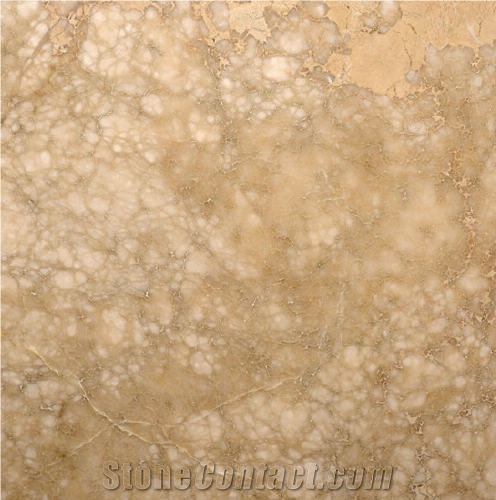Persian Brown Alabaster
 Iran
Iran
Persian Brown Alabaster is a kind of light golden brown alabaster quarried in Iran. This stone is especially good for Artifacts, sculptures, decorative items and other design projects. It also called Iran Brown Alabaster,Iran Golden Alabaster . Persian Brown Alabaster can be processed into Polished, Sawn Cut, Honed and so on.

Is Iran's Persian Brown Alabaster an expensive stone?

Are there color variations of Iran's Persian Brown Alabaster?

Can Iran's Persian Brown Alabaster be used exterior applications in cold climates?

What grade is Iran's Persian Brown Alabaster?

What is the coefficient of friction of Filled Iran's Persian Brown Alabaster tiles?

Can Iran's Persian Brown Alabaster be used outdoors?

Can Iran's Persian Brown Alabaster be used in a bathroom?

What is the average density of Iran's Persian Brown Alabaster?

Can Iran's Persian Brown Alabaster be used in landscaping?

How thick is Iran's Persian Brown Alabaster slabs?
The request includes: 1. surface finished, size 2. quantity required







